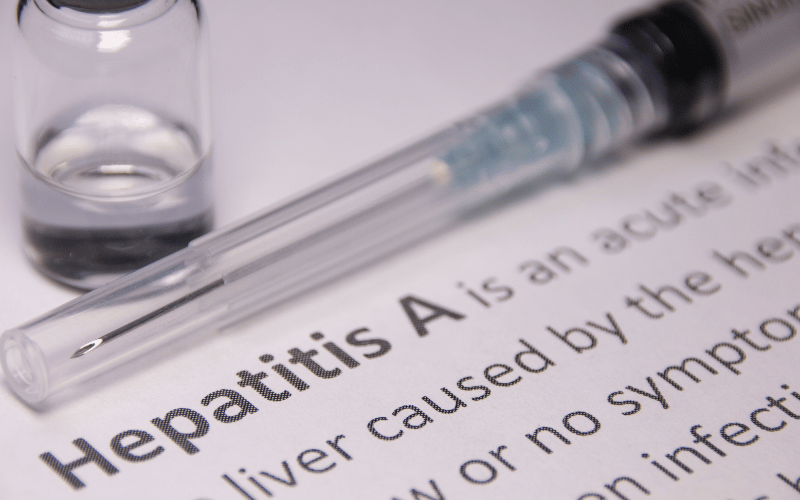Fact 2: Distinct Transmission Routes

Viral hepatitis has varied transmission routes, making its prevention a multi-pronged challenge. While Hepatitis A and E are typically contracted through contaminated food or water, B, C, and D have different transmission pathways.
For B, C, and D, direct contact with infected bodily fluids can lead to the transmission of the virus. This could be through shared needles, unprotected intimate encounters, or even from an infected mother to her child during childbirth. Such modes of transmission emphasize the importance of hygiene and caution in personal interactions.
Blood transfusions, tattooing with unsterilized equipment, and even sharing personal items like razors can be potential sources of infection for Hepatitis B and C. This requires stringent measures in medical settings and personal vigilance.
While vaccinations for some hepatitis types offer protection, understanding and avoiding potential transmission routes remain the first line of defense. It’s essential to understand that hepatitis doesn’t discriminate—it can affect anyone, regardless of age, gender, or socio-economic status. (2)